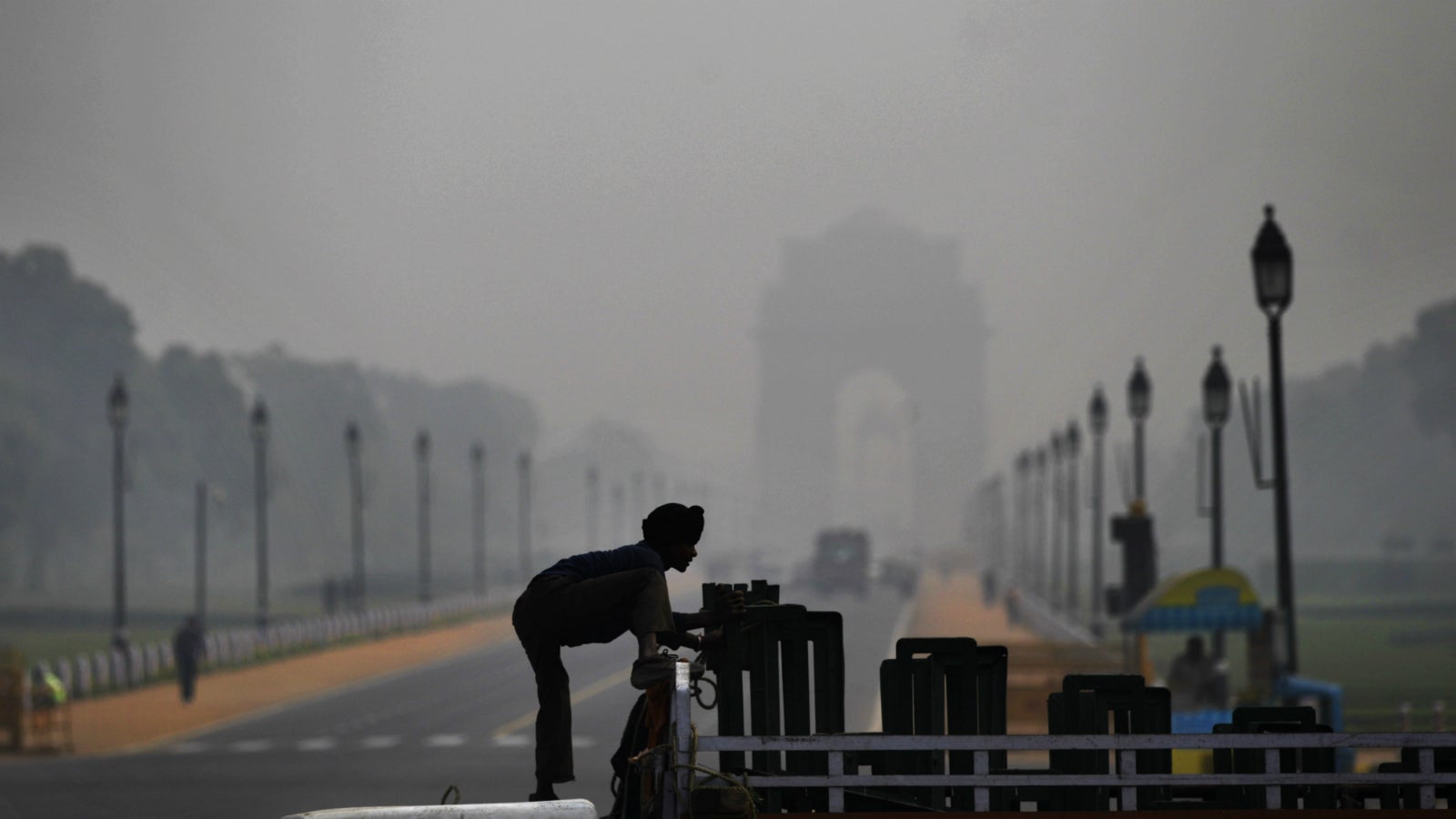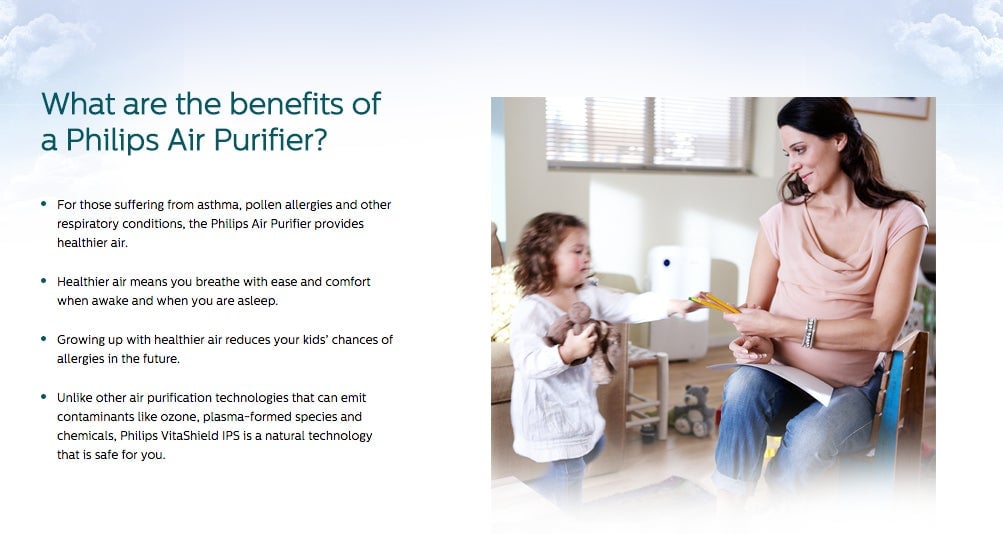Indians are spending millions on air purifiers—but do they really work?
Last month, the New York Times’ former South Asia correspondent, Gardiner Harris, wrote a column describing the impact of Delhi’s polluted air on his eight-year-old son’s health. “Delhi, we discovered, is quietly suffering from a dire pediatric respiratory crisis…” he wrote, wondering if foreigners and rich Indian should continue living in India’s polluted capital.


Last month, the New York Times’ former South Asia correspondent, Gardiner Harris, wrote a column describing the impact of Delhi’s polluted air on his eight-year-old son’s health. “Delhi, we discovered, is quietly suffering from a dire pediatric respiratory crisis…” he wrote, wondering if foreigners and rich Indian should continue living in India’s polluted capital.
But not everyone can just pack up and migrate to less polluted cities. So, a growing number of rich and middle-class residents are now in search for alternative solutions—and among the most popular are expensive air purifiers.
Air purifiers are high-tech devices that clean the indoor air by removing impurities such as dust particles (including PM 2.5 particles—the tiny particulate matter that causes the most damage to human health), pollen, smoke and other airborne irritants. Their aim is to typically provide uncontaminated air, though many companies also claim that their purifiers reduce allergic reactions and asthma attacks.

Since entering the market in November last year, Philips has seen the sale of air purifiers almost double. Other manufacturers, including Eureka Forbes and Blueair India, are also seeing their sales rocket.
The air purifier market in India has grown from almost nothing to over Rs150 crore ($23.45 million) in the last few years, according to Jayanti Singh, business head for air products at Philips. And the future looks even better.
“The industry is growing at 45% CAGR (compounded annual growth rate), but we believe this will increase to 55-60% CAGR in the next four years,” Singh told Quartz.
“This is nothing. We are getting sales from people who are already prone to these respiratory problems and are desperately looking for solutions,” said Shuvendu Mazumdar, national product manager of air purifiers, Sharp India. “Once Indians start to realise the indoor pollution levels, this market has a potential to be as big as the water purification market in India.” By 2015, India’s water purification industry could be worth Rs4,862 crores ($760 million).
Air purifiers cost anywhere between Rs15,000 and Rs95,000 ($234-1,485), with most orders coming from expats and well-heeled Delhi residents. Blueair, a Swedish multinational that manufactures indoor air purifiers, for example, sold 1,800 units to the US embassy and their staff. The Stockholm-based firm, which began its India operations eight months ago, gets 70% of its total sales from the city’s expatriate population. Expats also make 50% of the total sales of Philips.
But here’s the problem: No one’s quite sure about how much of an impact these purifiers have.
While doctors and medical experts agree that these machines could provide people with clean air, they are unsure whether air purifiers actually help in controlling the incidents of respiratory attacks among those who are prone to such diseases.
Vivek Nangia, a pulmonologist at Fortis Hospital in Delhi, believes there isn’t any scientific study that concludes what a lot of these air purifiers promise. “These machines might filter the air but there is no detailed research which suggests that this device would actually help reducing the incidences of asthmatic attacks,” he told Quartz.
Similarly, Virendra Singh, editor of the journal, Lung India, hasn’t bought into the idea touted by the manufacturers either. “There are just conjectures that by breathing air from the air purifiers, your life span will increase—that is not true and there is no literature to prove it.”
More harm than good
Doctors are particularly concerned about one specific kind of these machines: Ionic air purifiers. These purifiers produce ozone as a by-product. Ozone is known to be a harmful lung-irritant, which causes throat irritation and severe chest discomfort.
Vijay Kannan, head of Blueair India, however, is quick to reassure. “Ozone is actually good to clear your throat and lungs; it is when ozone reacts with dust particles in the air that it becomes harmful.”
But there isn’t a consensus among manufacturers. Phillips says it does not sell ionic purifiers because they believe them to be harmful. “I must say, there are many companies whose products release higher levels (of ozone) and of course, that needs to be corrected,” Jayanti Singh told Quartz.